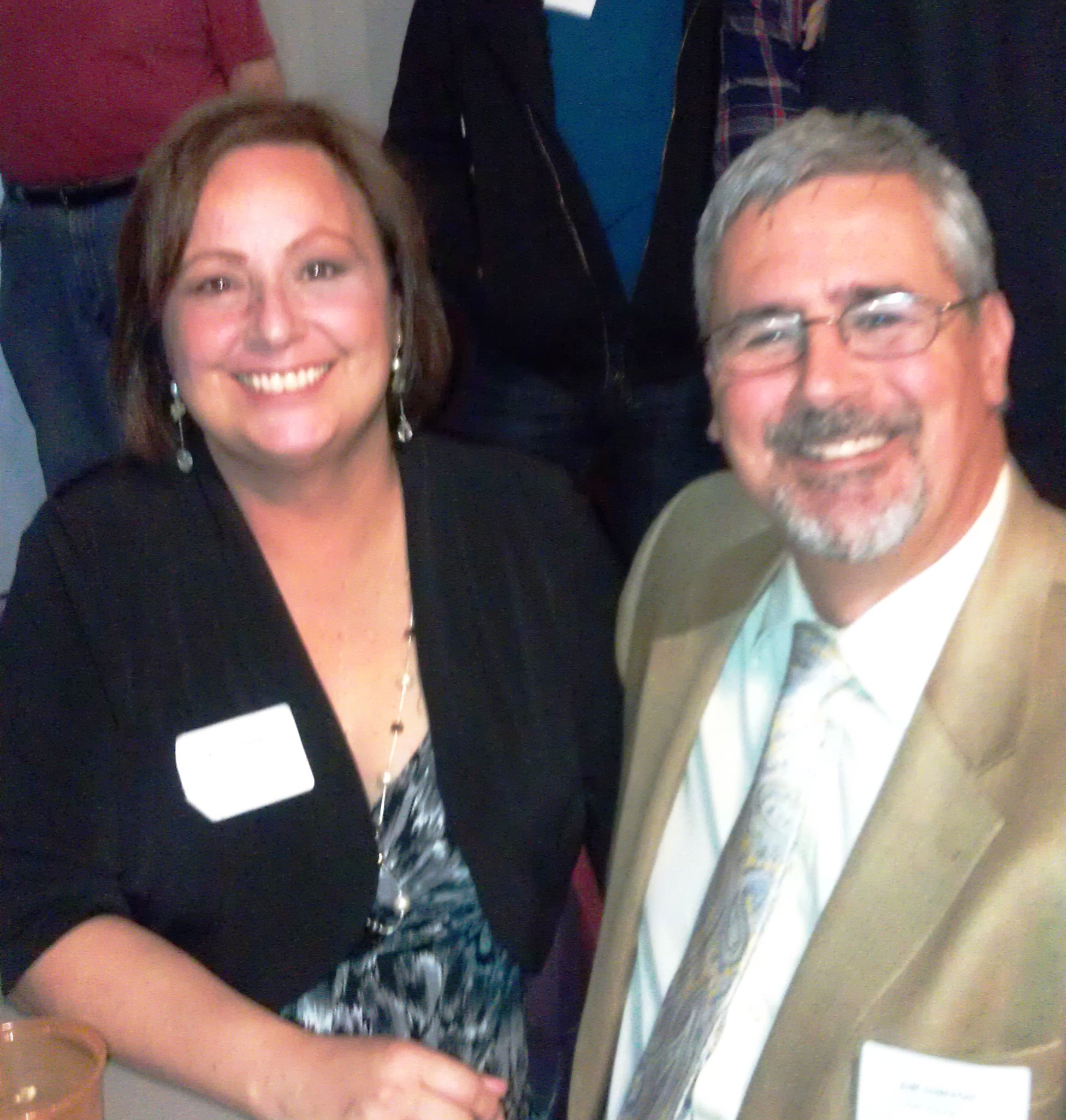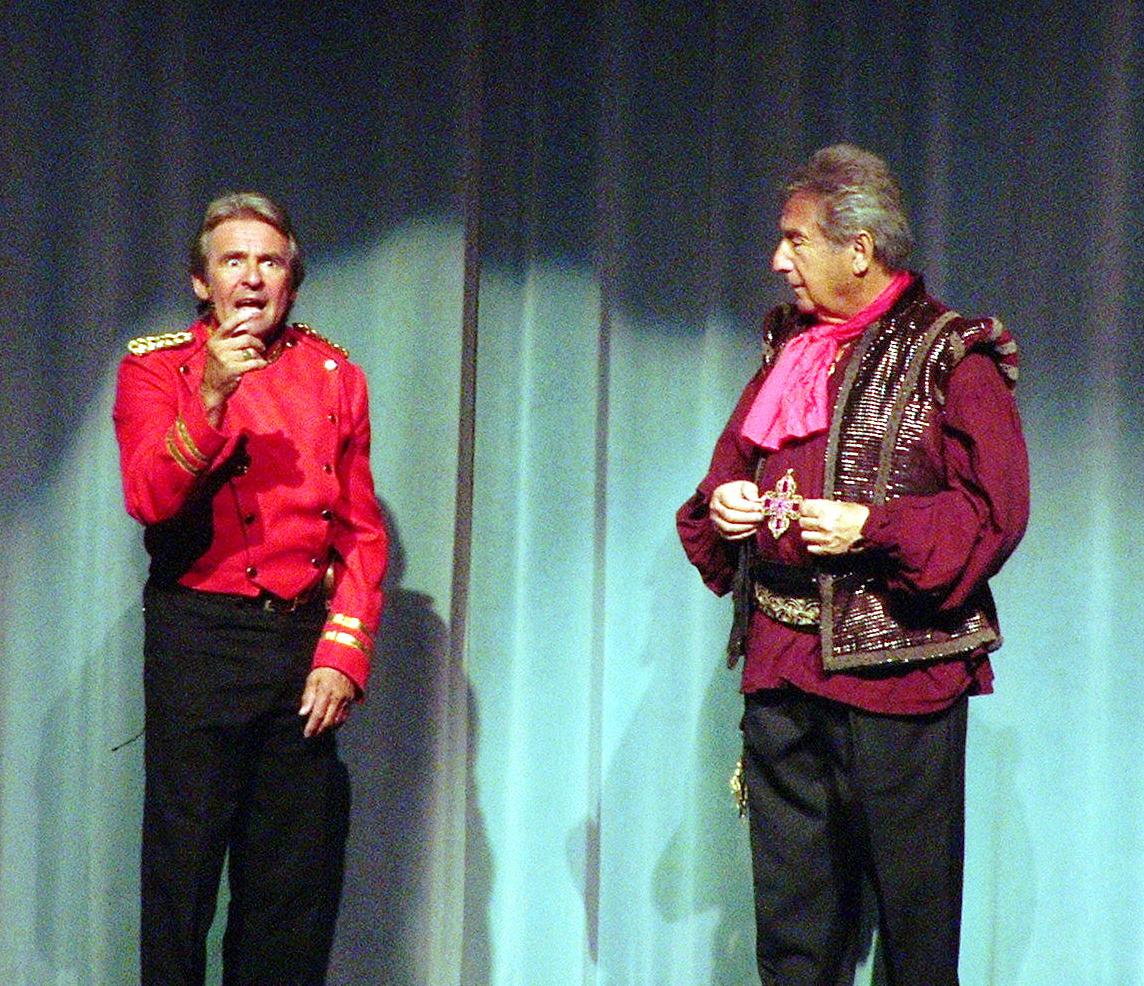By Jerry Waxman
I heard the news this morning on the radio (NPR, of course) while driving to one of our field trips and it hit me hard. I couldn’t think about it much during working hours but when I got home I couldn’t think of anything else. I knew it was going to happen but it doesn’t prepare you for when it actually does happen. She was 95 and yet it suddenly doesn’t seem to be that old anymore, because to me Marian McPartland and her contemporaries ( Dave Brubeck, George Shearing, Billy Taylor and scores of others) are ageless. She and they have left us a musical and creative legacy beyond compare that will transcend generations. Her abilities as a player, composer and radio host are the stuff of legend.
She made her living in a business that was tough on men and even tougher on women. She did have the benefit to marry Cornetist Jimmy McPartland which opened some but not many doors for her. He was stuck in Dixieland and she was more oriented towards the emerging bebop expressions. Her contemporaries then included Mary Lou Williams and Hazel Scott. She learned her lessons well, started her own trio and for seven years practiced her craft at the Hickory House. Her career spanned seven decades of modern music and she filled every decade with something special. The last time I saw her live was in Fort Lauderdale in concert almost twenty years ago. The first time I saw her was in New York in a small club in 1960. I was eighteen and could drink legally. It was a real treat to drive the ninety miles from Philly to New York and go club hopping in those days and my buddies and I did it frequently.
Prior to the CD and MP3 revolutions, one of the pleasures of driving through rural areas (especially in the South) was not being forced to listen to the commercial stations. There was always NPR. I discovered her program, Piano Jazz, in 1979 on a family vacation to Florida and was hooked ever since. It was bound to happen because my dial was and still is always set to the extreme low end of the FM band which is where all of the real good stuff is. She always had remarkable guests and one of her greatest assets was her ability to not overshadow them and let them shine. She always played the straight man to the guest and the conversations were remarkable. Piano Jazz was the longest running cultural program ever on PBS, now in its thirty fifth year. She actually retired from the program in 2011 but it still goes on, and programs that originally aired in the 80’s don’t seem dated at all.
Her guests spanned the history of modern music and included famous musicians other than piano players as well as singers. Some of her more interesting guests included Willie Nelson, Elvis Costello and Boz Skaggs and those programs were equally entertaining as the ones with famous piano players. Some of her programs stayed with you. I remember Bill Evans giving a piano lesson on air on playing around the melody as though Marian were his student. I also remember Michael Feinstein talking about How Ira Gershwin detested what both Bunny Berrigan and Frank Sinatra did with his lyrics to I Can’t Get Started. Ira was very particular about how his songs were sung, which I found interesting, because his brother George marveled at his music being improvised. One program featuring MJQ co-founder John Lewis featured a duet on Lewis’s composition Afternoon in Paris which has a non-traditional chord change that she screwed up and you can actually hear it. She recovered well and the conversation afterwards featured Lewis explaining the change. It’s embarrassing because it’s the same kind of change that Thelonius Monk used in Round Midnight and Randy Weston used in High Fly. Oh well, that’s the beauty of one take live performance.
RIP Marian McPartland. Thank you for the countless hours of pleasure you gave us over the years. Thank you for your devotion to the arts and for your constant desire to keep the music relevant. Thank you for being (like me) a devotee of Alec Wilder who wrote this beautiful song: While We’re Young


